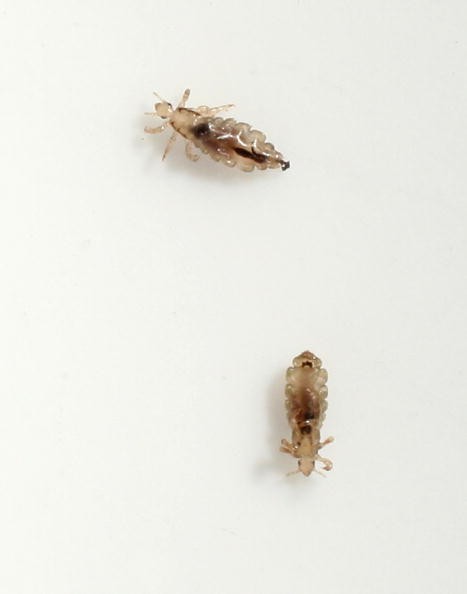Just the words "head lice" can be enough to have some parents run screaming. Beyond the ick factor is the knowledge that few kids get through their school years without becoming a home for lice and their eggs, which are called nits, and the sheer difficulty of getting rid of the little beasts.
The American Academy of Pediatrics (AAP) has updated its recommendations for how to treat a case of head lice. Lice do not spread disease, and outside of causing itching, a case of head lice is not a health problem. The recommendations, which can be read at http://pediatrics.aappublications.org/content/early/2015/04/21/peds.2015-0746.full.pdf, say that you should not use any treatments for head lice unless live lice are seen.
Any treatment for head lice has to be both effective and as safe as possible so that the cure is not worse than the problem. There are several over-the-counter treatments for head lice, but unfortunately lice are becoming resistant to some of them.
A case of head lice can happen in anyone at any economic level. Head lice are not a sign of being uncleanly. In fact, they can resist regular shampooing and are said to prefer clean hair.
One common anti-louse ingredient in over-the-counter products is pyrethrin or a combination of pyrethrins and piperonyl butoxide. Prescription products may include ingredients such as malathion, spinosad, or ivermectin. Products containing lindane are no longer recommended by the AAP. Some of these products do not kill the eggs on the scalp, which means they have to be repeated once or more as lice hatch from eggs.
All products used to treat head lice should be used only according to the directions. Do not use more than instructed and do not use them on children younger than what is recommended on the label.
Many parents have used what are considered "natural remedies" for head lice. These include essential oils like tea tree oil, ylang-ylang oil, and coconut oil. Others have tried coating the child's scalp and hair with mayonnaise, petroleum jelly, olive oil, butter, or hand lotions and leaving the coating on overnight to suffocate the lice. There are some reports of success with these methods, but none have been studied well.
Lastly, a very old treatment for head lice is to remove them by hand. The parent or another adult uses a fine-tooth comb to carefully remove lice and nits. This kind of treatment is tedious but effective when repeated a few times.
Children should be taught not to share combs, brushes, and hats. If one person in the family has head lice, everyone should be checked. All bedding and head coverings for anyone found to have lice should be washed in hot water.


